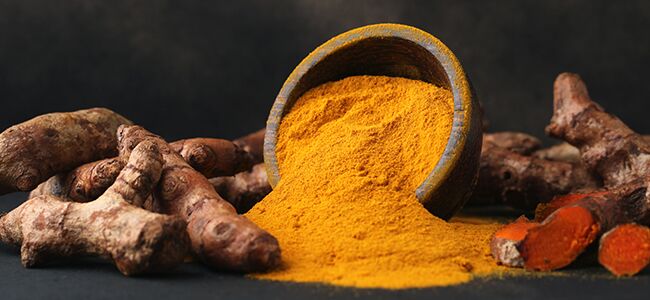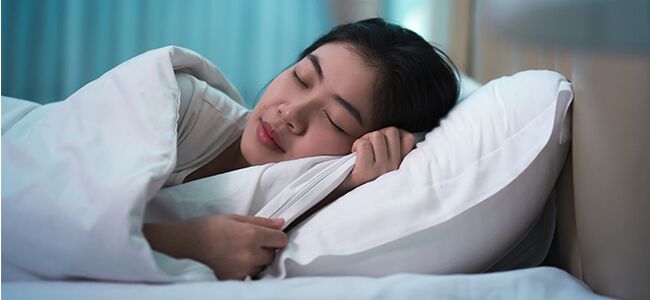Lyme disease is an illness transferred by biting insects. The bacteria responsible for Lyme infection is called Borrelia burgdorferi. The B. burgdorferi spirochete is shaped like a corkscrew, which allows it to burrow into and hide in a variety of your body’s tissues. It can also live inside your cells, hiding from antibiotics.
The reasons the antibiotics may not work:
- Borrelia grows very slowly in the body and only occurs in very low concentration in tissues. Antibiotics works on microbes that grow very rapidly and are concentrated densely in a localized area.
- Borrelia becomes part of the microbiome; it has a great ability to blend with other organisms.
- Bacteria such as Borrelia develops resistance to antibiotics. That’s why they are so hard to get rid of.
- Overall antibiotics suppress the immune system, and when they are used, the entire microbiome is targeted. The imbalance in the microbiome disturbs the immune function.
- Borrelia’s corkscrew shape can penetrate deeply into tissues where it is protected from antibiotics and the immune system.
This also explains why recurrence of symptoms can still occur after taking antibiotics. Ticks can also infect you with a number of other disease-causing organisms, such as Bartonella, Rickettsia, Ehrlichia, and Babesia.

Causes
What determines the severity of Lyme disease?
- Genetic predisposition to eliminate neurotoxins, check methylation pathways.
- Poor diet and unhealthy lifestyle
- Electromagnetic exposure
- Unhealed trauma
- Exposure to mold and chemicals
- Poor gut function – leaky gut, gluten intolerance
- Overgrowth of bad bacteria, fungus, parasites
- Low immunity
Symptoms
Common symptoms of a tick bites include an itchy rash, pain, fever, and often severe inflammation.
Other symptoms are common as well:
- Severe fatigue
- Recurring fever
- Headaches and migraines
- Sore muscles and joints
If left untreated, the disease may progress to muscle spasms, loss of motor coordination, and even intermittent paralysis, meningitis, or heart problems.
Lyme can mimic many other disorders, including multiple sclerosis, arthritis, chronic fatigue syndrome, fibromyalgia, ALS, ADHD, and Alzheimer’s disease. When nothing unusual shows up on blood tests, some patients are even told their problems are “all in their head,” and may be referred to a psychologist.

Treatment
Nutritional Guidelines for Healing
Dr. Dietrich Klinhardt is a world’s best known specialist treating Lyme disease. His recommendations are:
- Treat the parasitic, bacterial and viral infections with herbs such as wormwood, vitamin C, phospholipids, and a mixture of various herbs.
- Address nutritional and lifestyle changes to avoid anything that may irritate the gut like processed foods and MSG, food additives and excessive sugar, soft drinks and alcohol.
Herbal, Superfood & Supplement Therapy
- Berberine helps with gut restoration
- Andrographis – used for digestive problems, especially liver congestion.
- Cat’s Claw – used for rheumatism, digestive problems
- Chinese Skullcap – immune support, amplifies the action of other herbs
- Siberian Ginseng – immune and adrenal support
- Rhodiola – decreases muscle stiffness and pain, protects heart and liver.
- Milk Thistle – enhances flow of the bile in the liver and gall bladder, supports detoxification.
- Garlic has a strong antimicrobial action
- Turmeric to reduce inflammation and decrease neurological toxins and brain swelling
- Probiotics for the health of the digestive system, especially after using antibiotics
- Good fats, omega 3 fatty acids; salmon oil, krill oil, flaxseed, chia seeds, walnuts and avocado to help the flexibility of cell membranes
- Alpha Lipoic Acid – potent antioxidant.
- Coenzyme Q10 – powerful antioxidant
- Setrrapeptase - to help break the biofilms where the bacteria is hiding
- Quercetin reduces histamine levels, often increased in Lyme
- Glutathione to remove the toxins, especially heavy metals, and to boost liver function. It protects mitochondria from free radical damage.
Mind/Body
Dr. Dietrich Klinhardt further recommends:
- Avoid electromagnetic radiation, mold, and electrosmog. Patients are advised to use special silver coated cloth for the curtains, remove all cordless phones and turn off all the fuses at night.
- Heal emotional issues with psychokinesiology (PK), similar to emotional freedom technique (EFT).
- Make sure to get enough sleep; make your room dark and well ventilated.

This article is provided for your general information only and is not intended to be a substitute for independent professional advice, particularly medical advice, diagnosis or treatment. You should always seek medical advice from a qualified health practitioner which takes into account your personal circumstances, general health and medical conditions.










Was this article helpful?
Comment below to let us know!